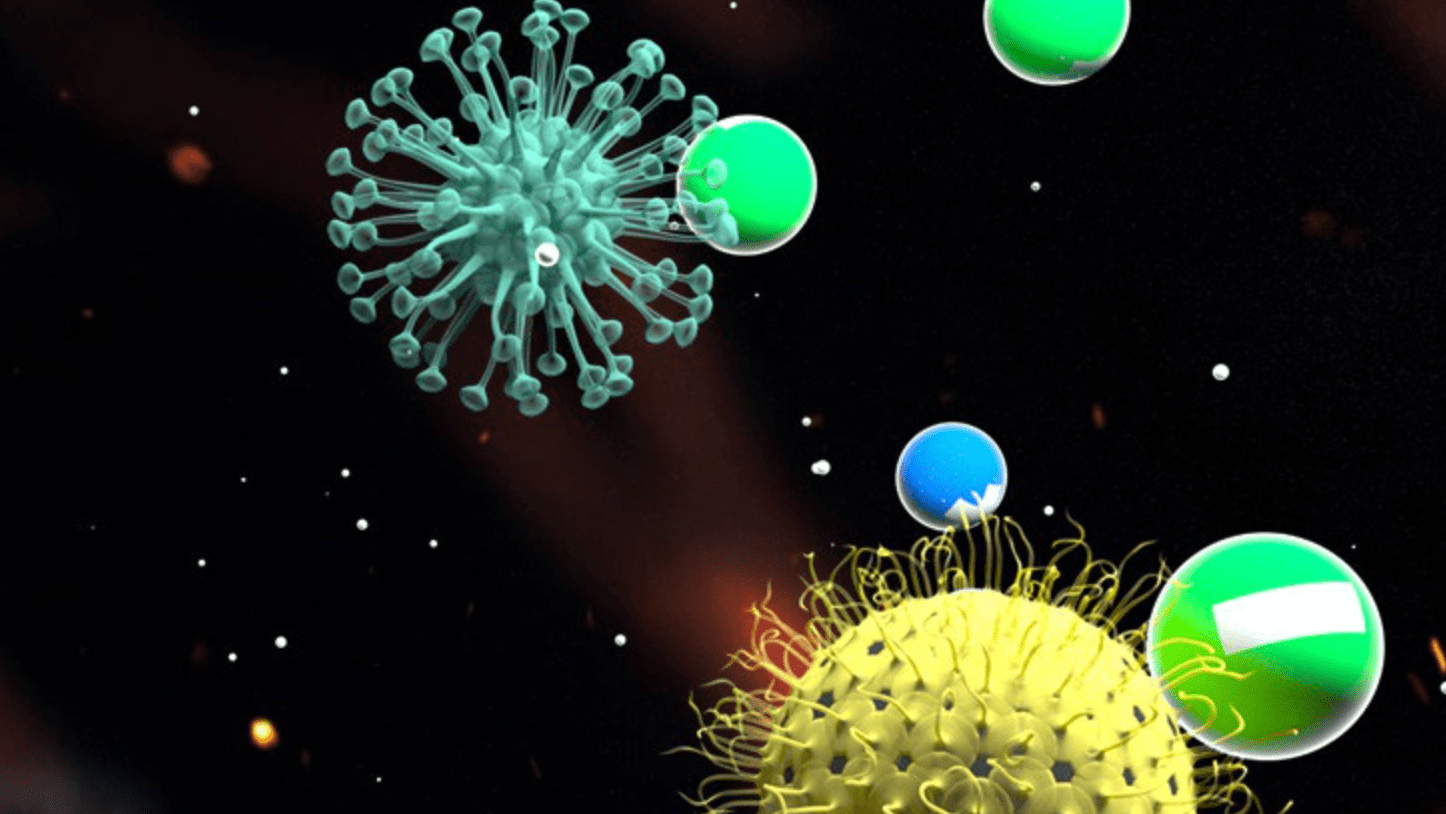In recent years, the quest for improving indoor air quality has led to exploring various technologies, among which bipolar ionization has emerged as a promising solution. This innovative technology, known as needlepoint bipolar ionization, aims to enhance indoor air quality by releasing positively and negatively charged ions. So, what are the pros and cons of bipolar ionization? Let's dive in.

Bipolar ionization has both pros and cons, which are essential to consider when evaluating its effectiveness and suitability for various applications:
Bipolar ionization technology effectively reduces airborne transmission of illnesses by releasing ions that neutralize and agglomerate pathogens like viruses and bacteria. This mechanism of action has proven especially effective in combating respiratory diseases, including influenza, the common cold, and, most recently, COVID-19. During the COVID-19 pandemic, numerous studies have highlighted the potential of bipolar ionization to reduce the transmission of the SARS-CoV-2 virus in indoor environments. The ions generated by bipolar ionization systems have been shown to disrupt the outer lipid layer of the virus, thereby rendering it inactive and unable to infect host cells. Additionally, the accumulation of viral particles makes them more easily captured by filtration systems or settles them out of the air, further reducing the risk of transmission.
Learn more about How Bipolar Ionization Works and the Advantages of Eddaair Bipolar Ionization.
according to this research, Bipolar ionization significantly reduces pollutant concentrations by releasing positively and negatively charged ions into the air. These ions interact with airborne particles, including bacteria, viruses, dust, dander, mold, and aerosols. The ions neutralize these pollutants or cause them to clump together, making them more prominent and accessible to capture by filtration systems or settle out of the air. This process effectively reduces the concentration of pollutants in indoor spaces, leading to cleaner and healthier air for occupants.
Bipolar ionization offers energy efficiency as a critical advantage in indoor air purification. Unlike other methods, it consumes less energy, saves costs, and reduces environmental impact. Its continuous operation without additional fans or blowers ensures ongoing purification with minimal energy consumption. Integration into existing HVAC systems further enhances efficiency. This makes bipolar ionization an attractive option for various settings, prioritizing energy conservation without compromising air quality improvement efforts.
The Environmental Protection Agency (EPA) classifies bipolar ionization as an "emerging technology" due to limited research supporting its safety and effectiveness outside laboratory conditions. While standard for newer technologies, more evidence is needed to make the public skeptical of its reliability. Consequently, homeowners are advised to conduct thorough research on bipolar ionization and request testing data before considering its implementation. This caution reflects the need for a comprehensive understanding and validation of the technology's capabilities in real-world settings before widespread acceptance.
Bipolar ionization in indoor air quality solutions can lead to ozone emission, a harmful air pollutant linked to respiratory issues and other health concerns. While not all purifiers utilizing bipolar ionization emit ozone at dangerous levels, verifying that products meet UL 867 or UL 2998 standards for acceptable ozone emissions is crucial. The UL 2998 certification ensures minimal to no ozone emissions, assuring safer air purification. Following recommendations from organizations like ASHRAE and opting for products with UL 2998 certification can help mitigate the risk of ozone exposure and promote healthier indoor environments.
Bipolar ionization systems may not effectively purify all areas of a room or building if airflow is restricted or insufficient, resulting in uneven air quality. Environments with stagnant air, such as enclosed spaces with poor ventilation, may pose challenges for bipolar ionization systems. Without adequate airflow to disperse ions and facilitate the interaction with airborne pollutants, these systems may be less effective in purifying the air.
Many misunderstandings exist regarding bipolar ionization, leading to perceived drawbacks. Proper understanding can avoid these cons, making bipolar ionization an effective solution for indoor air quality. Choose a reputable bipolar ionization manufacturer - EddaAir with experience, certifications, and transparency. Ensure products meet standards, offer excellent support, and are customizable to your needs. This ensures effective air purification while avoiding potential drawbacks.